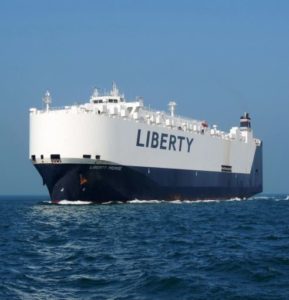
A Navy official confirmed Wednesday the service submitted a legislative proposal that would decouple the Navy from having to buy new auxiliary vessels in order to also buy used sealift ships. “We’ve put forward a legislative proposal that decouples the procurement of the used ships…to get away from the mandate to buy the new ships. That does not mean we are walking away from the construction of new ships, but what it does is it allows us to procure used…

 By
By 











